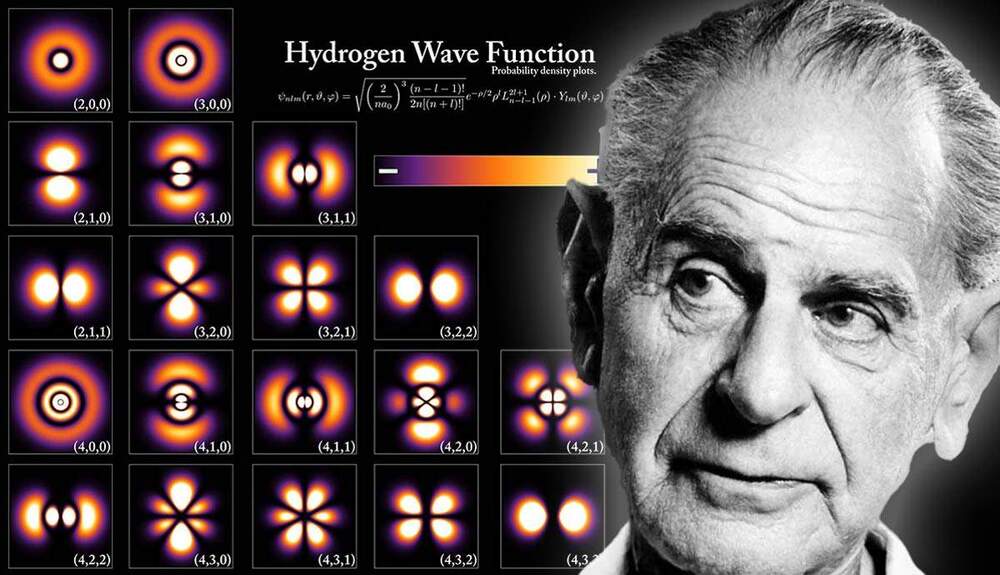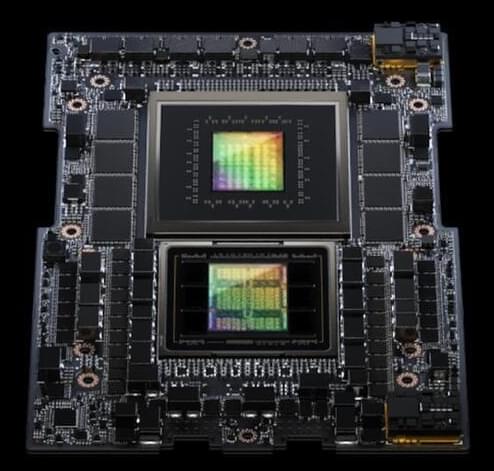Summary: In an eye-opening study, researcher revealed GPT-3, a popular artificial intelligence language model, performs comparably to college undergraduates in solving reasoning problems that typically appear on intelligence tests and SATs. However, the study’s authors question if GPT-3 is merely mimicking human reasoning due to its training dataset, or if it’s utilizing a novel cognitive process.
The researchers caution that despite its impressive results, GPT-3 has its limitations and fails spectacularly at certain tasks. They hope to delve deeper into the underlying cognitive processes used by such AI models in the future.






